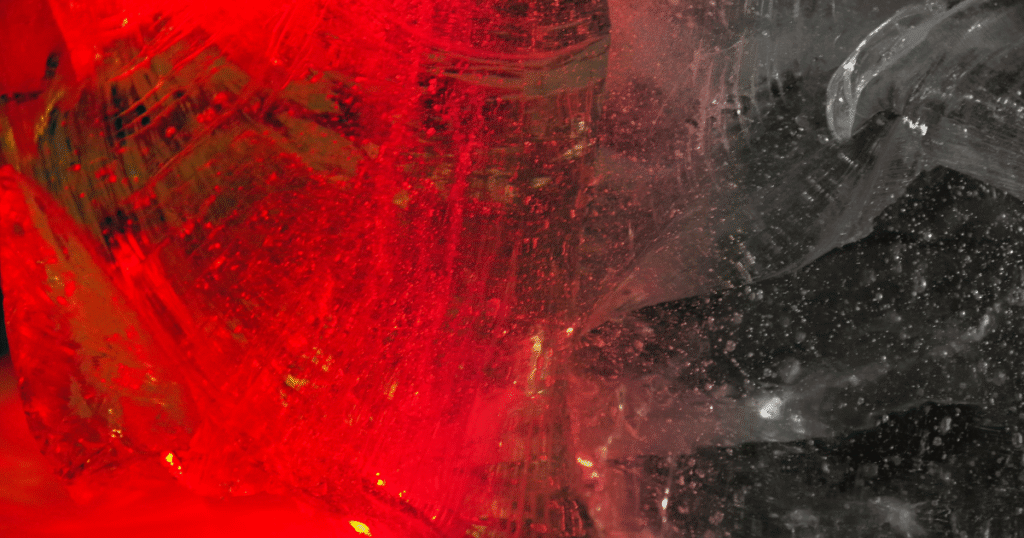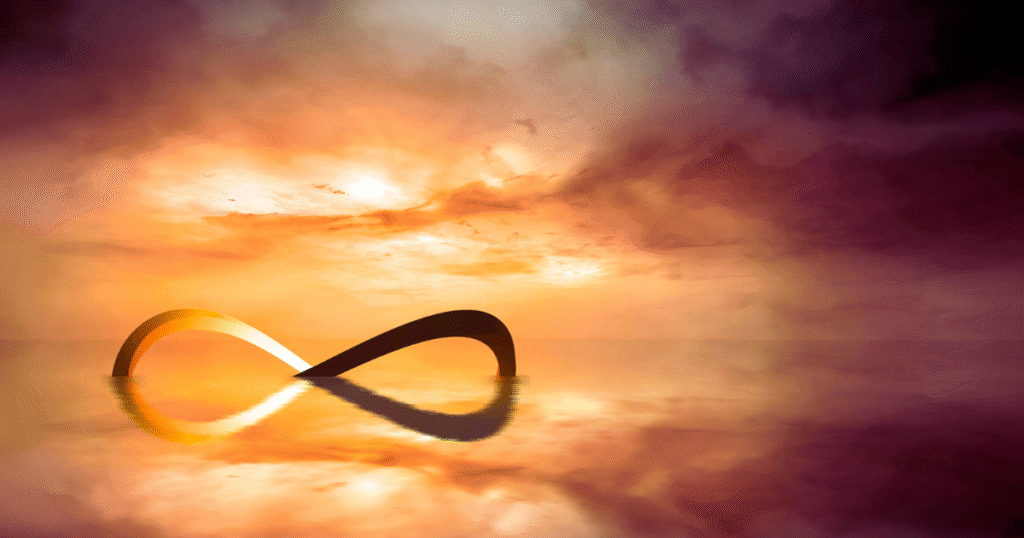
Understanding the Public, Private, and Secret Dimensions of Human Experience
We live in an age of unprecedented information access. With a few taps on our phones, we can peer into the lives of strangers, access breaking news from across the globe, and dive deep into specialized knowledge on virtually any topic. Yet despite this apparent transparency, we remain fundamentally limited in our understanding of reality. Why? Because human existence operates on three distinct levels, each more hidden than the last: the public, the private, and the secret.
Understanding these layers and why we can only access fragments of each reveals something profound about the nature of truth, evidence, and the stories we tell ourselves about the world.
The Public Layer: The Performance of Reality
The public sphere is what we see most clearly, yet it’s often the most deceptive. This is the realm of social media profiles, news headlines, corporate statements, political speeches, and public behavior. It’s carefully curated, strategically presented, and designed to serve specific purposes.
Consider how differently people behave at work versus at home, or how a politician’s public persona compares to their private conversations. The public layer isn’t necessarily false, but it’s always incomplete and often performative. It’s reality filtered through intention, necessity, and social expectation.
We mistake this performed reality for the whole truth because it’s the most accessible. News outlets report on what they can observe or verify publicly. Social scientists study publicly available data. Historians work with documents, speeches, and recorded events. But this creates a fundamental distortion: we’re analyzing the tip of the iceberg while assuming we’re seeing the entire structure.
Even when we try to be objective, we’re limited to what people and institutions choose to make visible. A company’s annual report tells you what it wants shareholders to know, not necessarily what’s really happening in boardrooms or factory floors. A celebrity’s interview reveals their public messaging, not their genuine thoughts or struggles.
The Private Layer: The Hidden Architecture
Below the public performance lies the private realm, personal conversations, internal organizational dynamics, family relationships, genuine emotions, and unguarded moments. This is where real decisions often get made, where authentic relationships unfold, and where the contradictions between public image and personal reality become apparent.
The private layer is exponentially larger than the public one. For every public statement, hundreds of private conversations shaped it. For every policy announcement, there are countless behind-the-scenes negotiations, personal relationships, and informal power structures that influence the outcome.
Most of us get occasional glimpses into private realities through leaked documents, candid interviews, personal relationships, or moments when someone’s guard drops. These glimpses often shock us precisely because they contradict the public narrative we’ve constructed. We discover that the confident leader is riddled with self-doubt, that the perfect family is struggling, or that the successful organization is barely holding together.
Yet even our access to the private sphere is limited and mediated. People share selectively, even with those closest to them. We interpret others’ private revelations through our own biases and experiences. And much of private life remains genuinely private, known only to those who live it.

The Secret Layer: The Unknown Unknown
The deepest layer consists of what remains hidden even from those involved, unconscious motivations, systemic patterns invisible to participants, the long-term consequences of current actions, and information that exists but remains undiscovered or suppressed.
This secret layer encompasses what psychologists refer to as the unconscious, what sociologists identify as emergent social phenomena, and what historians uncover only decades or centuries later when archives are opened or patterns become clear in hindsight. It encompasses the motivations we don’t admit to ourselves, the systemic biases we can’t see, and the far-reaching effects of seemingly minor decisions.
Consider how many historical events only made sense years later, when classified documents were released or when participants finally spoke openly. Think about how many personal insights only come through therapy, meditation, or life experience, which reveal patterns we couldn’t see while living them.
The secret layer also includes what might be called “unknown unknowns”, information that exists but hasn’t been discovered, connections that haven’t been made, or truths that challenge our fundamental assumptions so deeply that we’re not yet capable of recognizing them.
Why We Only Get What’s Offered
This three-layer structure explains why our access to reality is always limited and often misleading. We don’t passively discover truth; we receive what others choose to share, what circumstances reveal, and what our own limitations allow us to perceive.
Information is Always Curated: Every source has interests, biases, and limitations. Even the most honest person can only share their perspective on their own experience. Organizations, governments, and media outlets have complex incentives that shape what they reveal and how they frame it.
Power Shapes Narrative: Those with more resources, influence, or access disproportionately control what becomes “public knowledge.” The stories we hear are often the stories those in power want us to hear, or at least the stories they’re willing to have us hear.
Cognitive Limitations: We can only process so much information, and we inevitably filter it through our existing beliefs, experiences, and mental models. We’re drawn to information that confirms what we already think and tend to dismiss or reinterpret information that challenges our worldview.
Time Reveals Truth: Many truths only become apparent retrospectively. The full impact of current events, the real motivations behind decisions, and the long-term patterns in human behavior often take years or decades to become clear.
The Implications of Partial Knowledge
Recognizing these limitations doesn’t lead to nihilistic relativism, the idea that truth is unknowable or that all perspectives are equally valid. Instead, it suggests a more nuanced approach to understanding reality:
Embrace Uncertainty: Rather than pretending we have complete information, we can acknowledge the gaps in our knowledge and remain open to new evidence and perspectives.
Triangulate Sources: Since every source is limited, we can seek multiple perspectives, especially from those with different interests and vantage points.
Look for Patterns Across Time: What seems random or inexplicable in the moment often reveals patterns when viewed over longer timeframes.
Question Your Own Assumptions: The most dangerous blind spots are often our own. Regular self-examination and genuine engagement with different viewpoints can help reveal our own biases and limitations.
Focus on What You Can Verify: While we can’t know everything, we can often verify specific claims, track down primary sources, and distinguish between what we know and what we’re speculating about.
Living With Incomplete Information
Perhaps the most important insight is that this limitation isn’t a bug in human existence, it’s a feature. The hiddenness of much of reality creates space for privacy, personal growth, and genuine surprise. It prevents the total surveillance state and preserves human dignity. It allows for redemption, change, and the possibility that people and situations are more complex than they appear.
The goal isn’t to penetrate every layer of secrecy or to achieve perfect transparency. It’s to remain humble about what we can know while making the best decisions we can with available information. It’s to hold our beliefs lightly enough that new evidence can change our minds, while holding our values firmly enough to guide our actions.
In a world where everyone claims to have the full picture, perhaps wisdom lies in admitting that we’re all working with fragments and that those fragments, properly understood, might be enough.
The Door Balancer Eliminates The Need for Door Props, Door Stops and Door Wedges
Now retrieving the price.
(as of November 16, 2025 03:17 GMT +00:00 - More infoProduct prices and availability are accurate as of the date/time indicated and are subject to change. Any price and availability information displayed on [relevant Amazon Site(s), as applicable] at the time of purchase will apply to the purchase of this product.)RIVER OF GOODS Alabaster LED Mesh Caged Ceiling Fan - 52" L X 52" W - White/Oak Wood-Grain Blades
$176.09 (as of November 16, 2025 03:17 GMT +00:00 - More infoProduct prices and availability are accurate as of the date/time indicated and are subject to change. Any price and availability information displayed on [relevant Amazon Site(s), as applicable] at the time of purchase will apply to the purchase of this product.)UNiTE Protein Bar, 10g Protein, 200 Calories, Variety Pack, Real Ingredients, No Artificial Sweeteners or Flavors, Gluten & Soy Free, High Protein, Women Owned, 1.59 Oz Bars (12 Pack)
Now retrieving the price.
(as of November 16, 2025 03:17 GMT +00:00 - More infoProduct prices and availability are accurate as of the date/time indicated and are subject to change. Any price and availability information displayed on [relevant Amazon Site(s), as applicable] at the time of purchase will apply to the purchase of this product.)I wish you abundance, blessings, and miracles, Greg.
You can access my healing shop here

Visit our Distant Reiki Healing Channel on YouTube
Join our complimentary online Reiki sessions with Master Greg. Restore your balance and peace from anywhere in the world!






